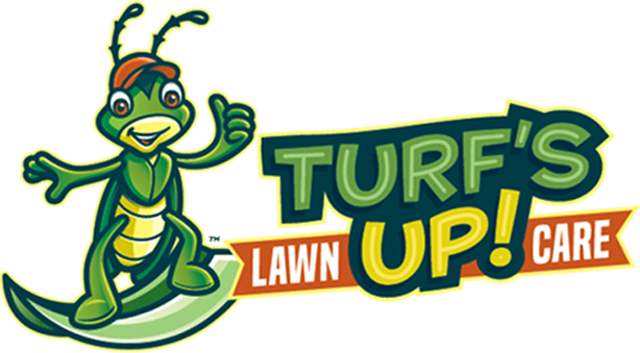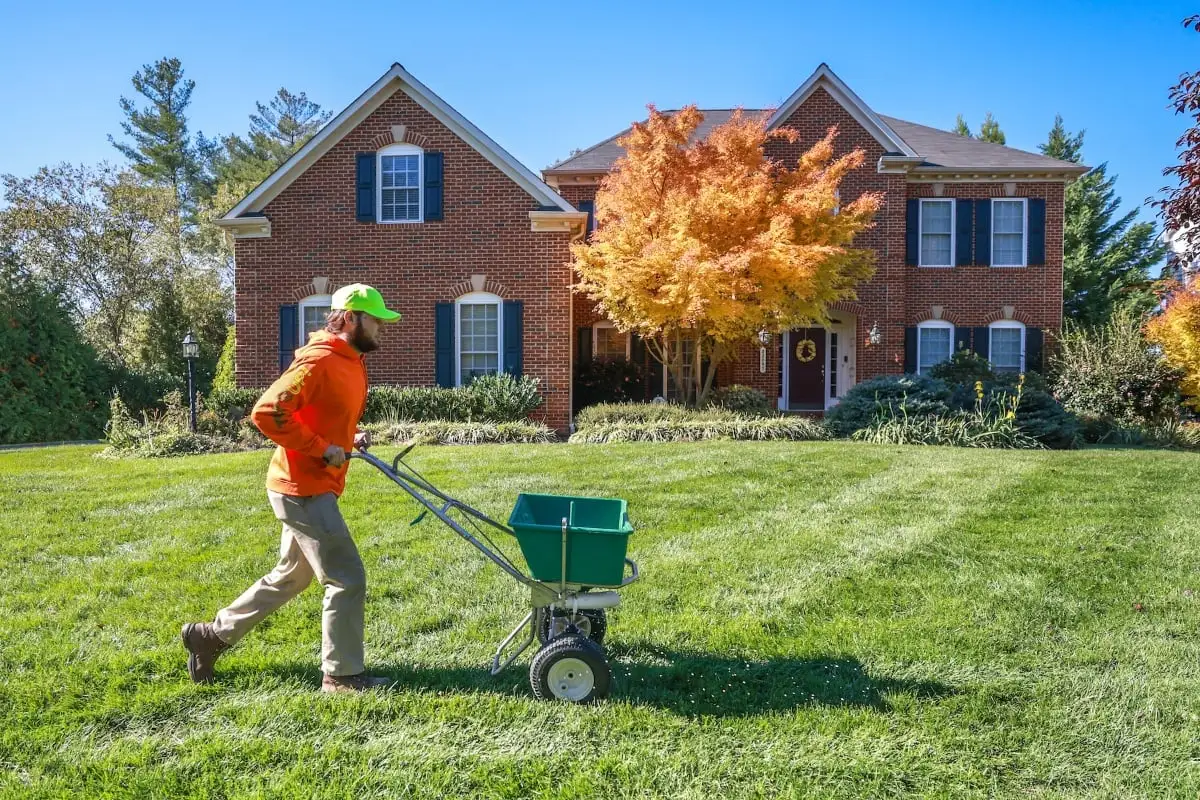The summer is over, and the warm weather is dying down as fall surges into full glory. The trees are putting on a fantastic show with ruby reds, tangerine oranges, golden yellows, rustic browns, and even a bit of burgundy or violet hues. Before you know it, winter will be here.
But as the growing season comes to a close, people tend to look at their lawn and think everything is fine. There is no more drought stress to worry about. Most water issues disappear with the cooler temperatures and more regular rainfall. You have almost forgotten any struggles with weeds or bare spots your lawn faced throughout the year because everything has settled down a bit.
While you may be mentally checking out when it comes to lawn care and maintenance because you recognize winter slumber is on its way, this is certainly not the time to ignore your lawn. In fact, we might argue that fall lawn care treatments are some of the most important ones of the year.
Fall is, in fact, when your lawn roots are growing and building. And having a solid, deep root system is how the best, greenest, thickest lawns are made.
Let’s learn more about the role fall lawn fertilization plays in a vibrant, thriving lawn, the benefits it provides, and some dos and don’ts you should consider as you approach autumn lawn care and nutrition.
The Benefits of Fertilizing Your Lawn in Fall
You want a thick, green lawn that stands strong against weed pressure and gives your neighbors’ lawns a run for their money. This is what a lot of your Northern Virginia friends are looking for, too.
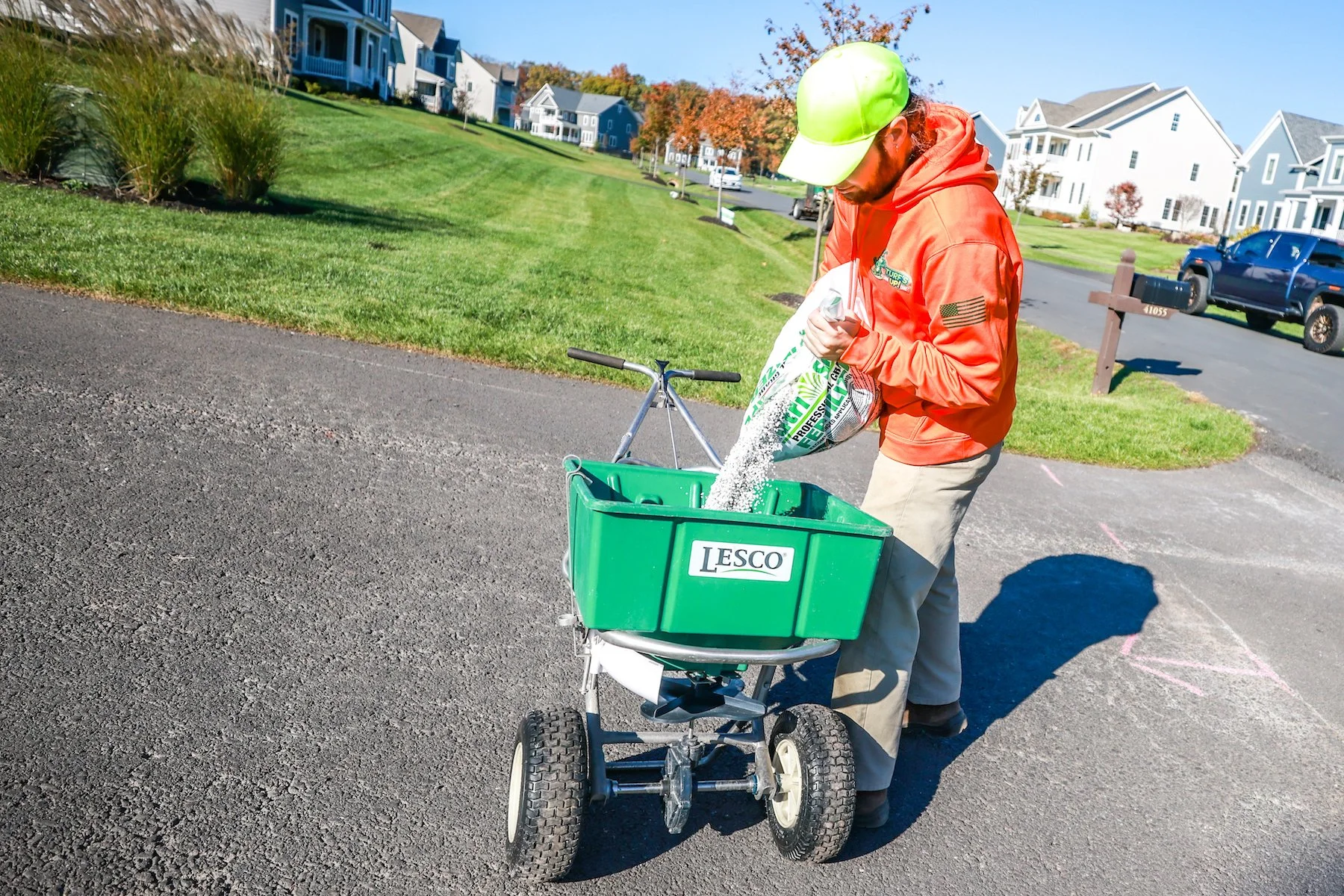
A complete fertilization package throughout the year is what gives your lawn the nutrients it needs to sustain top growth in spring, drought resistance in summer, root growth in fall, and hardiness through winter.
Here are the reasons fertilizing your lawn in fall is important.
It Builds a Stronger Root System
It might be hard to think your lawn needs anything in fall because the heat of summer has passed and overall things seem OK.
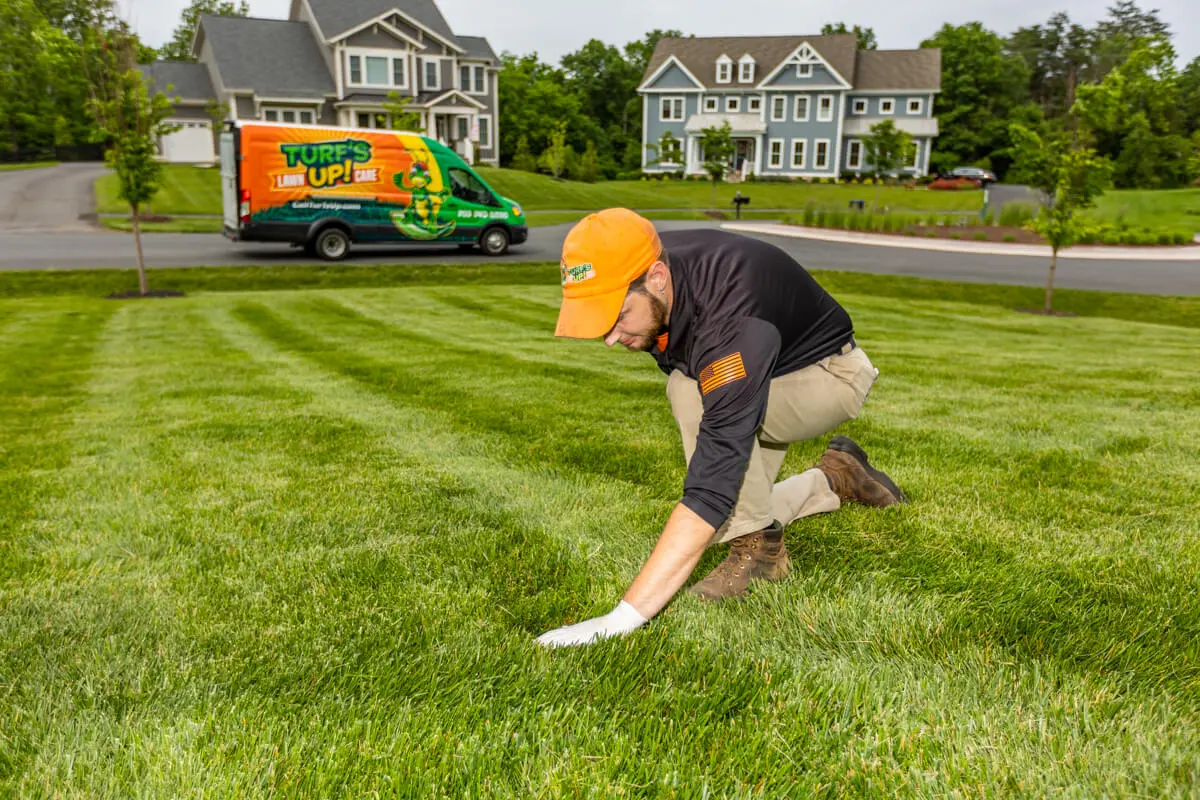
But this is the time of year you need to think about those grass plants beneath the surface of the soil most of all. Fertilizing your lawn in fall is a key piece of year-long lawn care because strong root systems and overall healthier lawns are built in the fall.
Conditions during September through December are perfect for root growth. Roots can’t grow all year long. During autumn is when grass plants put all of their focus into roots growing deeper into the soil, stabilizing your lawn.
It Prevents Other Lawn Problems Throughout the Year
Fall lawn fertilization builds turf roots. But you might be asking yourself, “You can’t see roots; why are they so important?”
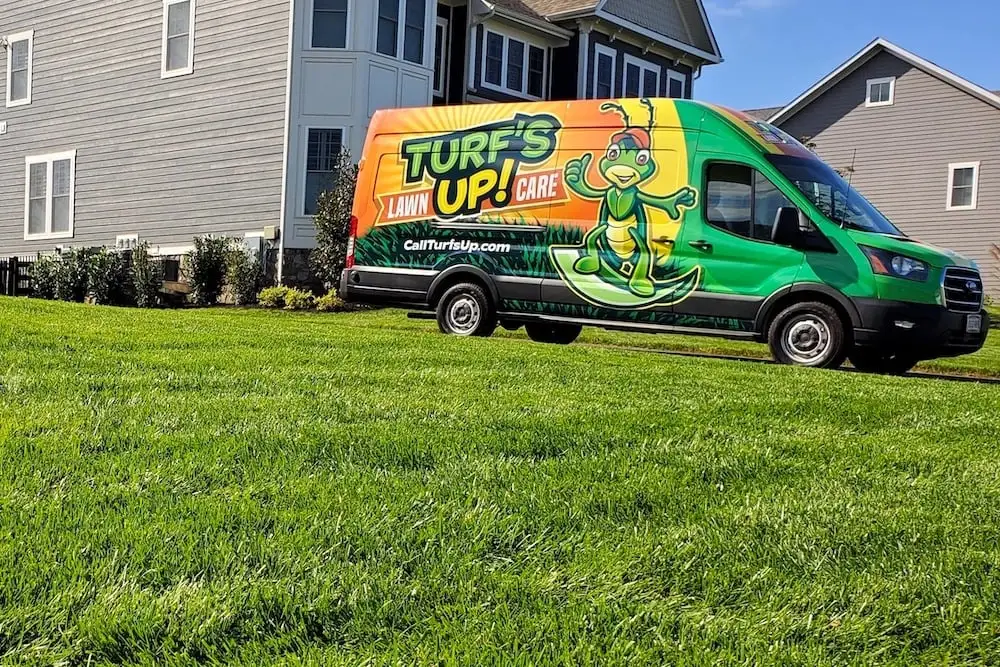
Roots build that lawn you envy; the one you can walk through with bare feet. A lawn with a better root system is thicker and greener, which means fewer bare spots.
A thicker lawn also survives overwintering in a better fashion, resulting in less desiccation or winter damage.
It Provides Drought Tolerance
When you remember fall lawn fertilization, you’re protecting your lawn during the season when you are most worried about it: summer.

Summer’s heat and drought can do a number on your lawn. It can dry out, thin, or even develop bare spots. When you develop the roots in fall, the thicker growth that results from a strong base helps your lawn better stand up to summer drought.
It Gives You More Top Growth
The springtime is for pushing out that top growth. This means your lawn fills in nice and green after winter.
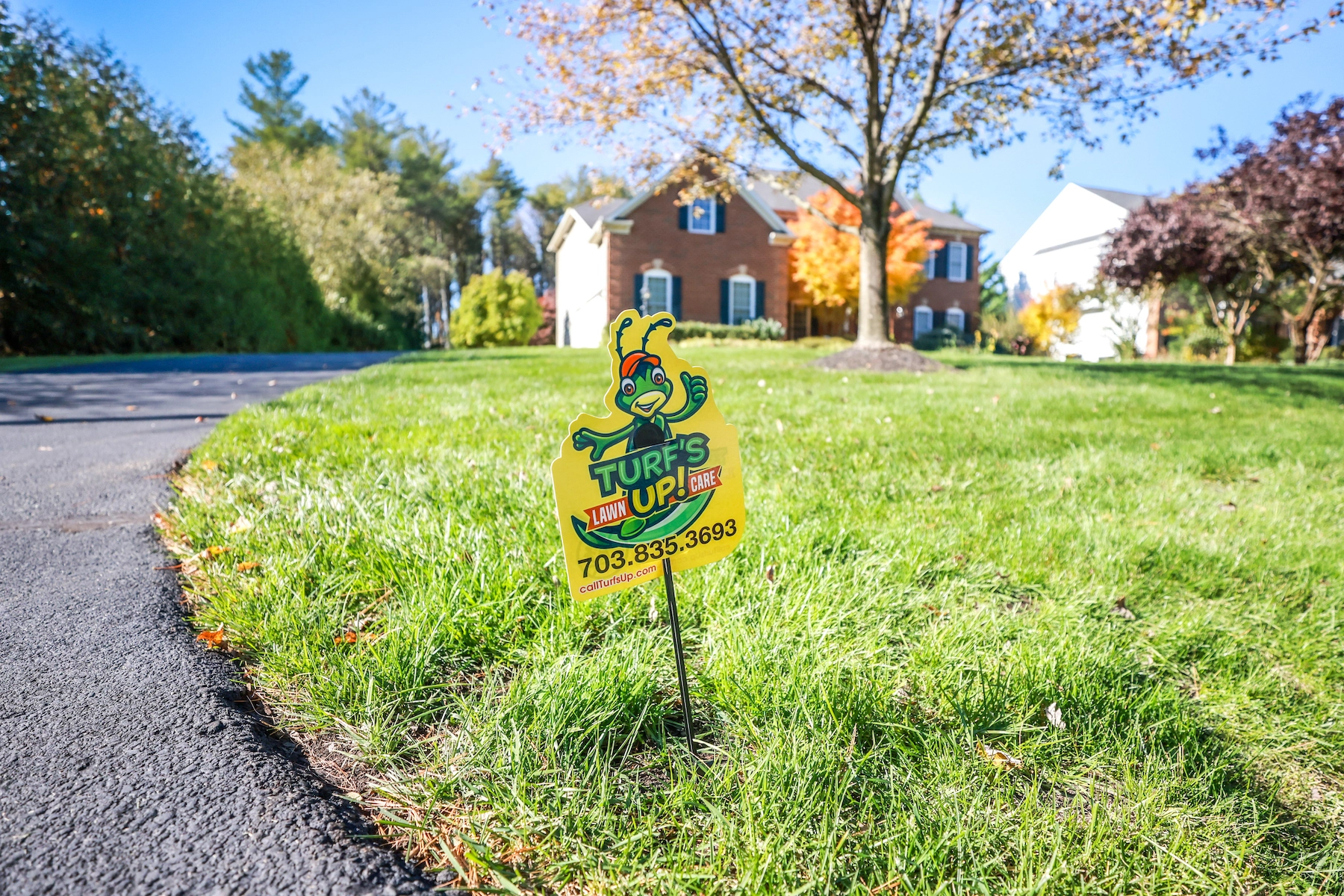
But if your lawn doesn't have any nutrient reserves from the fall, it might not have the energy it needs to grow green and thick like you want it to. Fertilizing your lawn in fall can help you get the spring growth you’re seeking so your lawn is ready to enjoy during those warmer months.
It Helps Control Lawn Weeds
If you want to prevent weeds from ruining your lawn, you need a thick, green lawn. That helps limit the amount of sunlight that reaches any weed seeds present in the soil, allowing them to germinate.
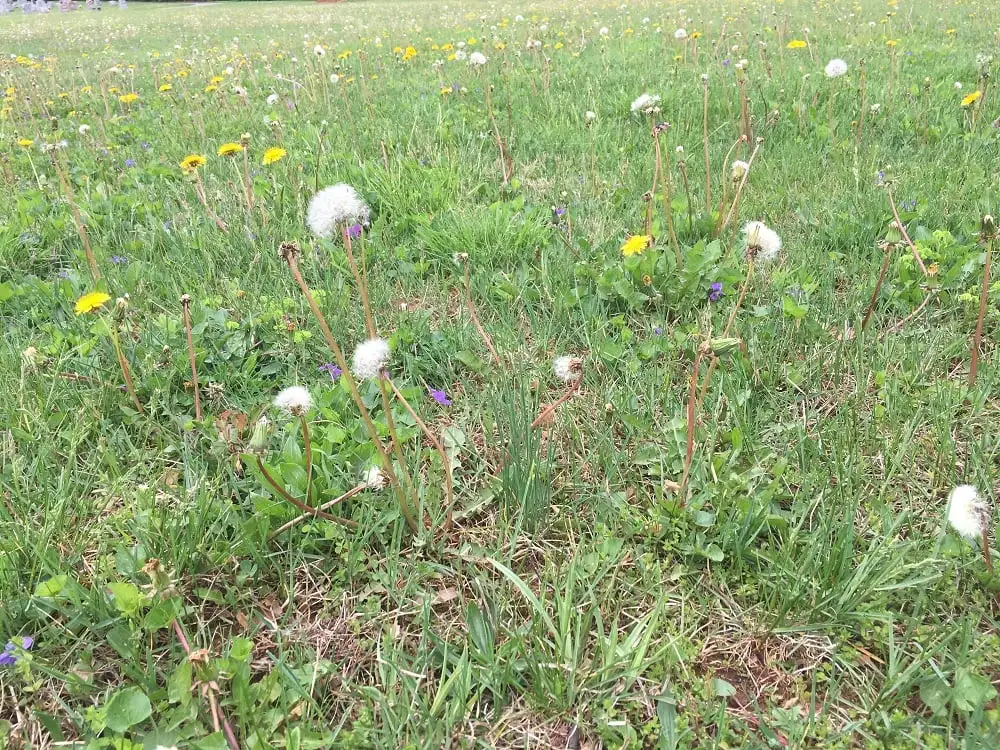
You want to prevent weeds when they are at their weakest -- before this germination. Fall lawn fertilization is one of the best ways to do this because you’re building a lawn that crowds out these nasty invaders.
Dos and Don’ts of Fall Lawn Fertilization
Now that you know the benefits of fall lawn fertilization, let’s review some dos and don’ts.
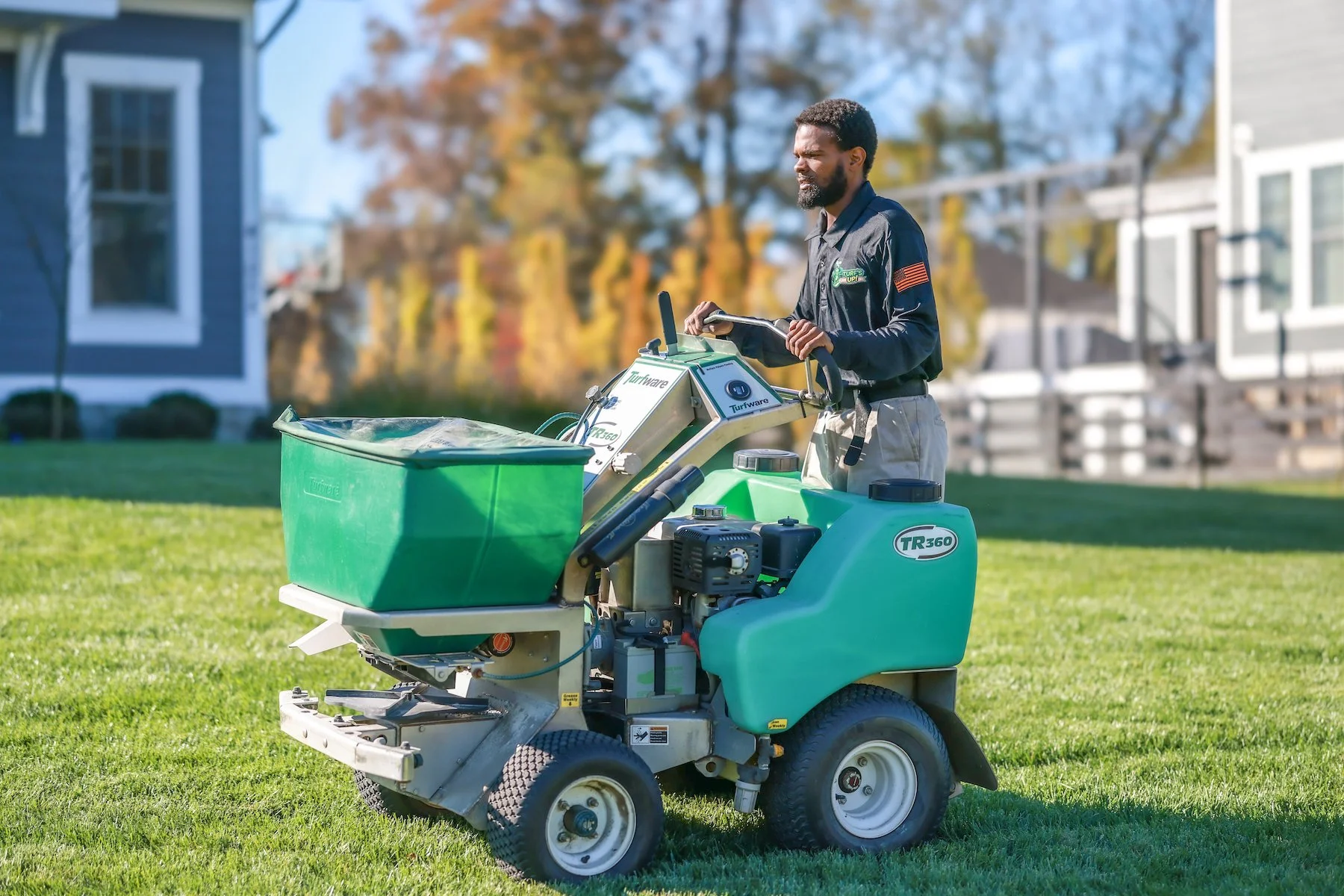
This is a necessary service that gives your lawn so many advantages, after all, so you want to do it right.
Do: Remove Fall Leaves Off Of Your Grass
Once those tree leaves change into brilliant shades of red, orange, and gold, they begin to fall onto your lawn.
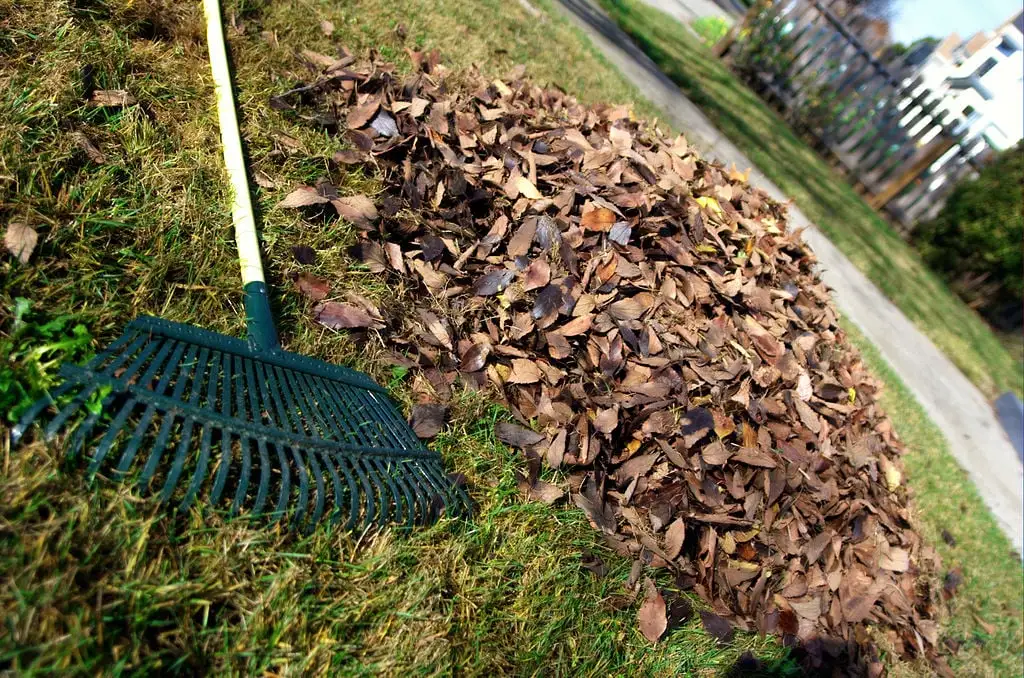
Keeping up with the leaves can feel incredibly overwhelming. It seems like the second you clean them up, the lawn is full of leaves again. But this is an important part of fall lawn care, helping maximize fall lawn fertilization, so it’s essential.
Why? Mulched leaves left on the lawn will decompose and add plant-usable organic matter, so just mow over them if there are not too many so help them do their jobs. If the leaves have piled up, rake them up or blow them into piles and dispose of or remove them to help your lawn not only look fresh, but also be better prepared for winter.
Do: Mow Correctly Before Winter
You might get the idea that as winter approaches and you’re getting ready to mow your grass for the last time that you need to mow it super short.
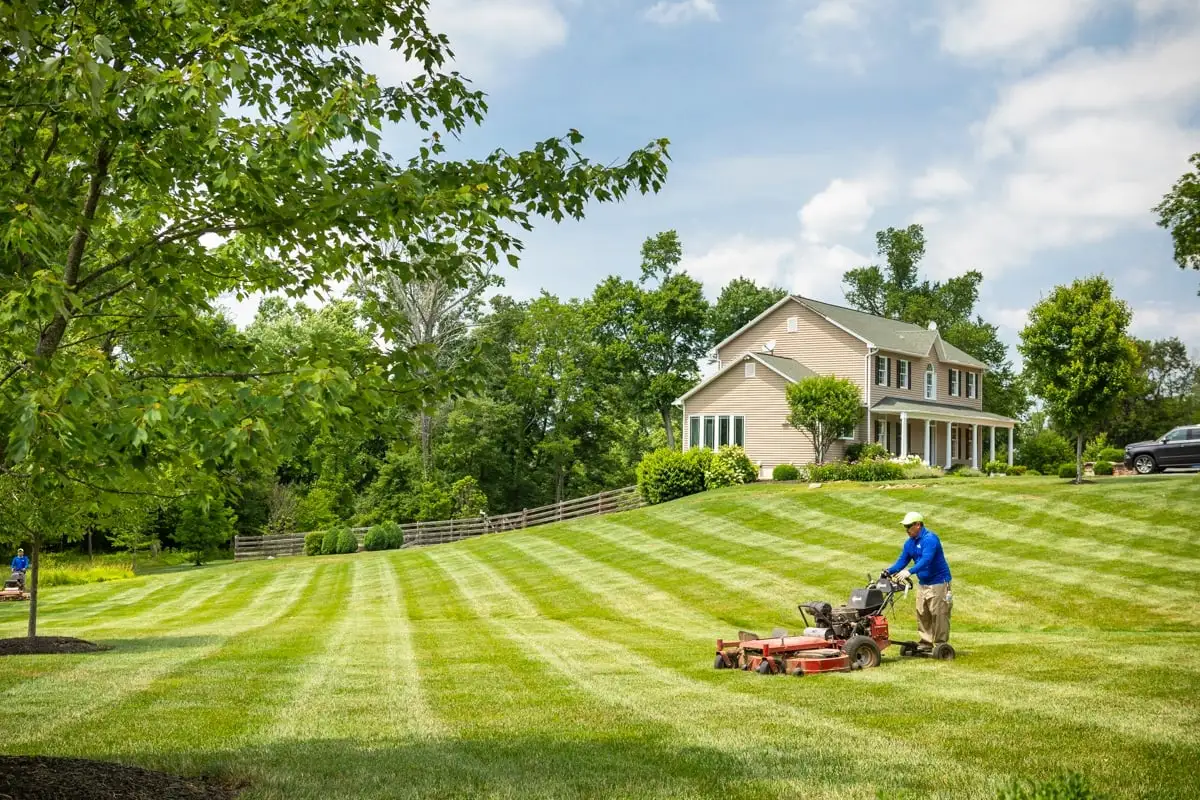
In reality, you want to mow it to 2.5 to 3 inches in height during your last mow of the season as part of fall lawn care and to enable fall lawn fertilization to work. This is just a tad shorter than your regular mowing at 3.5 to 4 inches. It also ensures the grass isn’t too tall for developing snow mold but not too short to let the cold weather stress it out.
Don’t: Ignore Fall Lawn Fertilization
In autumn, you want to properly prepare your lawn for the upcoming winter.
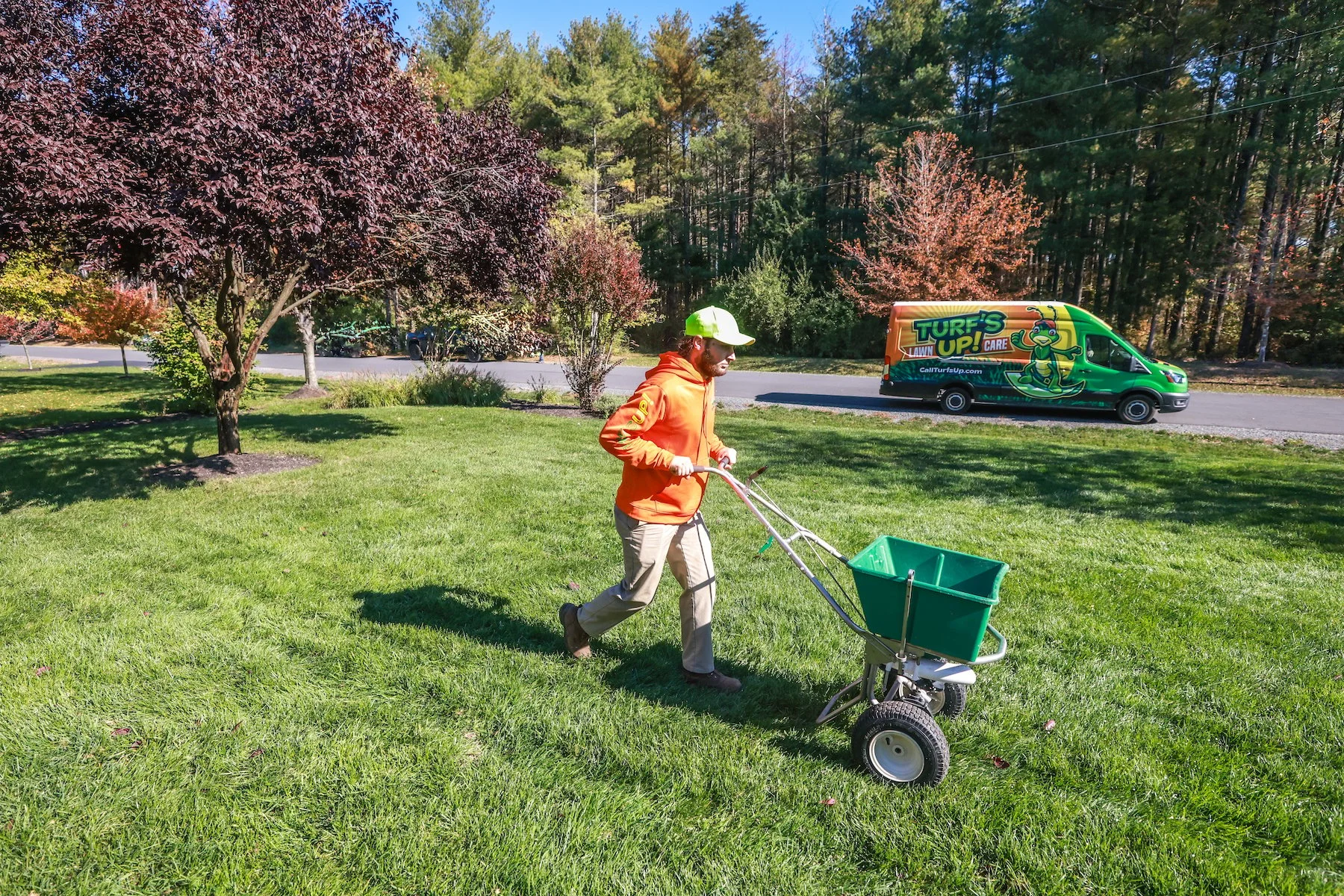
You might think you can just let your lawn go into dormancy. You might be asking yourself, “Should I fertilize my lawn in fall?” In fact, the one task you should never forget before it goes into winter slumber is fall fertilization.
This task gives your lawn the nutrients it needs going into winter so it can burst forth with thick, green growth come spring.
Don’t: Neglect Aeration Or Wait too Long to Seed in Fall
Autumn is the best time to aerate and overseed your lawn in Northern Virginia.
Aeration allows your grass some time to develop stronger roots while exposing the soil to a good dose of nutrients. Aeration is the removal of small soil plugs, and it gives your tired, worn, compacted lawn a chance to more easily receive oxygen, nutrients, and water at the root-level where it’s needed most.
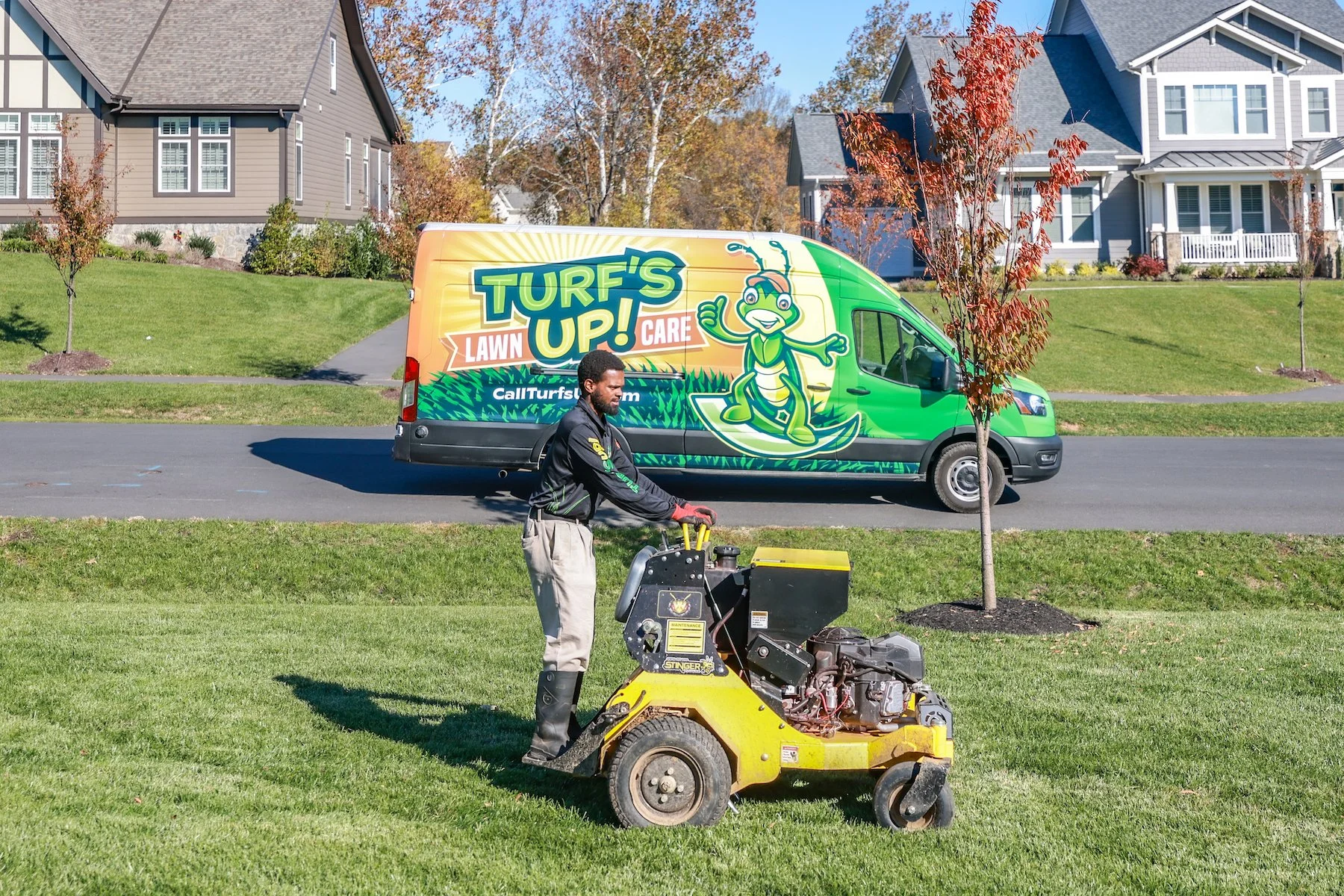
Overseeding is the perfect addition to aeration because those removed plugs create the ideal holes for grass seed to contact the soil. This improves the germination process considerably, making overseeding more successful in strengthening and thickening your lawn.
These two services partnered with fall lawn fertilization gives your lawn exactly what it needs going into winter.
Do: Hire a Lawn Care Pro
When it comes to fall lawn fertilization, it can be hard to figure out what products work best and also have the right equipment to do the job properly.
When you hire a lawn care professional in Northern Virginia, you eliminate any worries, hassles, or incorrect applications and other mistakes. Your lawn gets fertilized at the right time with the right nutrients to ensure deep root growth and a thicker, greener appearance.
Embrace Fall Lawn Fertilization in Northern Virginia
You want a thick, green lawn. We don't blame you. It’s the American dream.
While you mostly think about your lawn in spring and summer, making sure you don’t neglect fall lawn fertilization is important for building that green grass you want.
We hope these fertilization facts help you better understand the life cycle of your lawn.
Still stumped at how fall fertilization can best help your Northern Virginia lawn? That’s OK. We know it can be hard to understand and certainly hard to think about at this time of year. That’s why we’re here to help you better understand your options so you can have a better-looking lawn you can enjoy all year long.
Ready to learn why Turf’s Up could be your totally awesome choice for lawn care services in Northern Virginia? We’re stoked to learn more about you and help you have the best lawn on the block. Get started today with a free quote. Together, we can prepare a customized plan that is perfect for you and your lawn.
Image Source: leaf pile with rake
